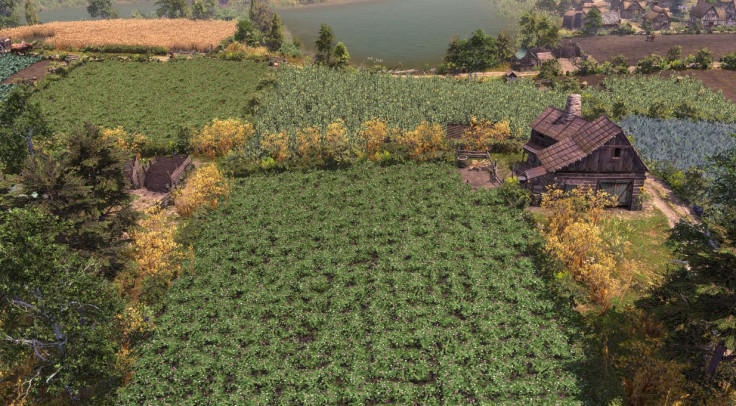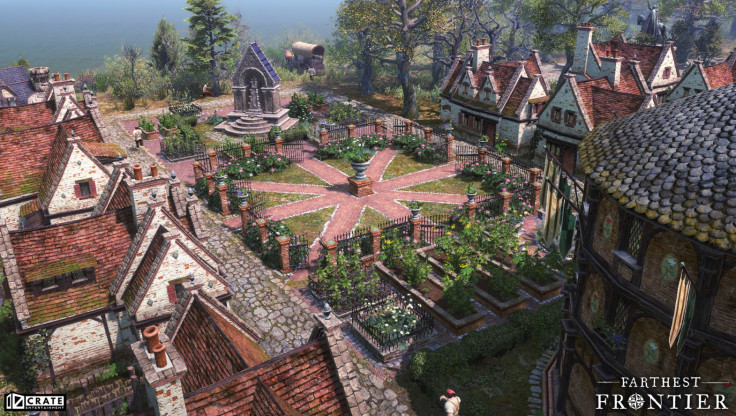'Farthest Frontier' Guide: How To Farm Food

KEY POINTS
- Maximum farming efficiency demands high worker numbers
- Crops affect the fertility of farm and quality soil
- Some crops must be processed before they can be eaten
Farming is essential to any frontier village, but it isn't the most reliable way to earn food early on when settlers are still trying to get their bearings straight in "Farthest Frontier."
Setting up a farm demands a bit more planning than the rest of the other food sources in "Farthest Frontier." Like other city builders and colony sims, players will need to account for all of their available resources, with the most important ones of all being time and manpower.
Here's a quick guide on how to set up an efficient farm in "Farthest Frontier."
"Farthest Frontier" Farming Guide
The first thing to know is that farming is a labor-intensive occupation. A plot of land can be tended to by just one villager, but doing so will come at the cost of productivity over time. Farms with low yields typically aren't worth maintaining, especially in the early game. Aim to have as many farmers working on a field as possible to maximize crop yields.
Larger fields can accommodate more workers while having more fields allow for a larger variety of crops.
Fertility, Weed and Rock Levels
These three dictate the number of crops yielded per harvest. Fertility is affected by soil quality and degrades over time depending on what crops are planted. Meanwhile, Weed and Rock levels can be reduced by having farmers perform field maintenance for a few seasons before planting more vegetables.

Fertility can be improved by filling fields with fertilizers from Compost Yards or by planting clovers, beans and peas. Ideally, farms should be placed on the dark green patches of land as indicated by the Fertility meter, which can be seen by pressing "F" on the keyboard by default.
Plants and Vegetables
For general food purposes, players can pick between the following crops:
- Beans
- Peas
- Carrots
- Cabbages
- Turnips
- Leeks
Crops that are used for manufacturing are:
- Buckwheat
- Grain
- Rye
- Flax
Towns with a mill, granary and bakery can turn flour and wheat into bread. Meanwhile, weaver shops can turn flax into linen clothes.
Additionally, crops have varying resilience levels that dictate whether or not they can survive during hot or cold seasons. Move them around the Crop Rotation timelines to adjust when villagers begin planting and harvesting them.

© Copyright IBTimes 2024. All rights reserved.





















